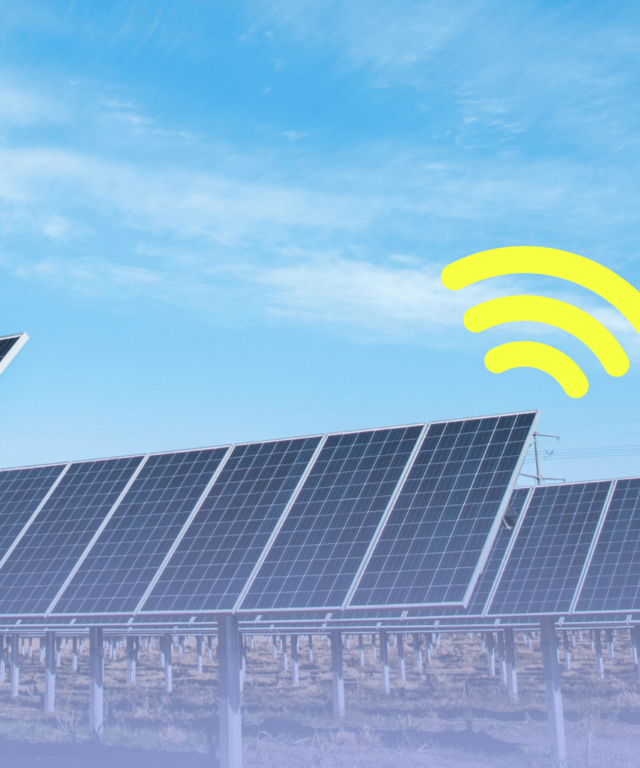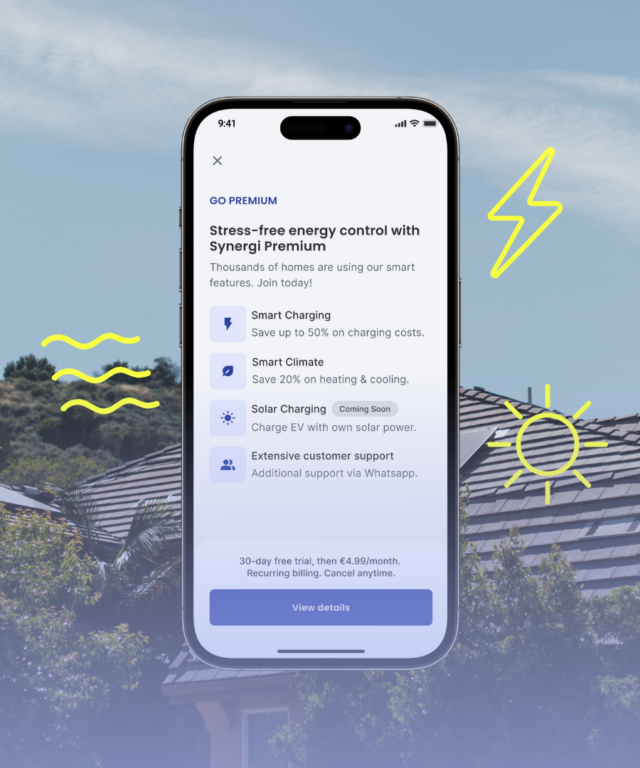What is climate action? What does it actually mean to reduce the global temperature to pre-industrial levels? What can I realistically do to help? At Synergi, we created this simple guide to help you understand the common concepts behind climate change and some tips to help you contribute towards reducing global emissions. We hope you enjoy!
What is climate action and how does it concern you?
Climate action is all the efforts taken today to address and mitigate the negative impact of climate change. Our climate has dramatically worsened over the years due to burning fossil fuels, deforestation, industrial processes, and plenty of our daily household activities, such as the kind of food we eat or how we heat our homes. For this reason, throughout the years, the amount of carbon in the atmosphere has become so bad that it is making our earth’s temperature fluctuate and thus disrupts the dynamics of natural warming in our planet. This is what we know today as climate change.
In our earth’s history, 2011-2020 was the warmest decade ever recorded, with a global average temperature reaching 1.1°C above pre-industrial levels (1850–1900) in 2019.
To curve climate change, international organizations have been drawing down agreements for many years, such as the Kyoto Protocol and, most recently, the Paris Agreement, to anchorage countries to keep a temperature below 2°C and seek efforts to limit it to 1.5°C.
This is so critical today because an increase of 2°C compared to the temperature in pre-industrial times is associated with severe negative impacts on our natural environment, human health, and well-being, including a much higher risk that dangerous and possibly catastrophic changes in our global environment will occur.
What are the worst impacts of climate change?
Climate change is not only causing disruptions to domestic economies and affecting people’s lives, but it is also harming important natural ecosystems crucial to preserving species in danger of extinction. Climate change completely alters the long-term temperature of natural ecosystems, making it difficult for many species to adapt to new temperature conditions.
Unfortunately, climate change’s effects also tend to affect the poorest such as working families and people of color. In countries like India, people experiencing poverty suffer the most as climate change threatens the livelihoods of many with water security issues, widespread flooding, periods of heavy rains, or intense droughts.
So, as climate change intensifies and our earth gets warmer, we will see more natural disasters like hurricanes, floods, wildfires, and droughts, causing loss of life, property damage, displacement of people due to climate-related disasters, leading to food shortages and heightened migration and conflict. But also, we will start to see the onset of weather phenomenons like” El Niño” which are dangerous as they facilitate the propagation of pathogen-carrying mosquitoes, bacteria, and toxic algae globally.
What can you realistically do to mitigate your impact on climate?
It can appear insignificant how your actions can positively impact climate change, but always remember that individual actions by many simultaneously took us here. So, your contribution matters!
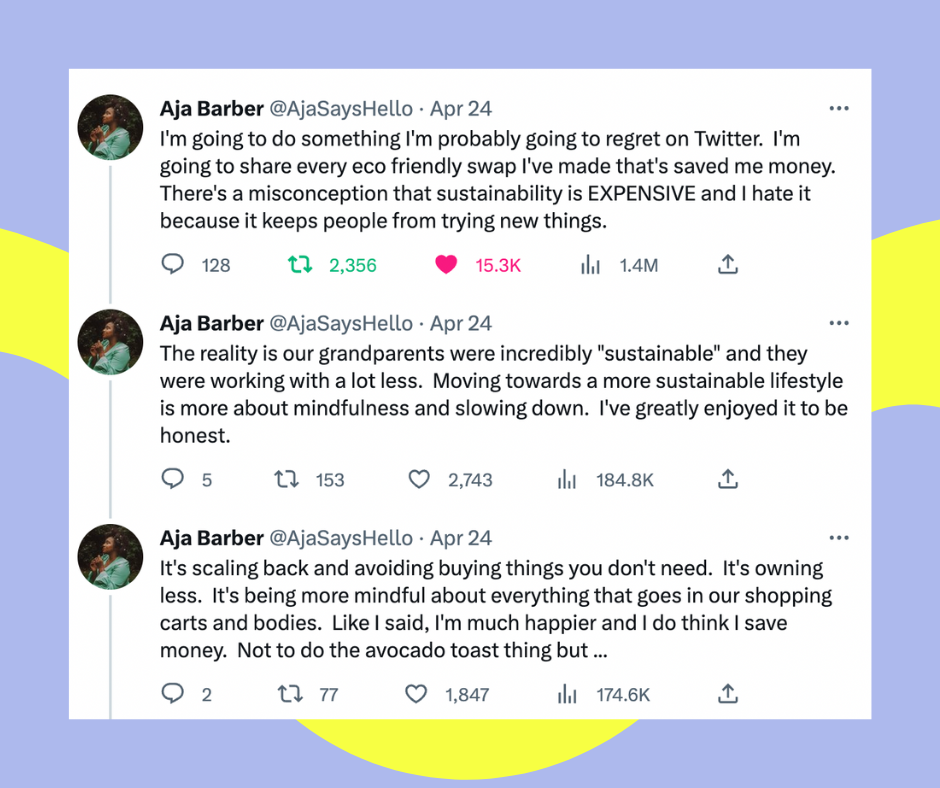
Regardless, we know it can still be challenging to understand how your actions impact climate change, as the issue is complex and multifaceted. However, here are climate action tips to get you started in the journey of mitigating climate change:
1). Understand your carbon footprint contribution
The first and most simple step is to understand how much emissions you generate from all your activities and behaviors: the food you buy, the electricity type you consume, the kind of house you live in, and how frequently you shop, to name a few, this is what is called your carbon footprint.
People worldwide have extremely varying carbon footprints depending on where they live and the usual consumption patterns vary per country. The chart below gives you an idea of the lowest and higher carbon footprints per person per country.
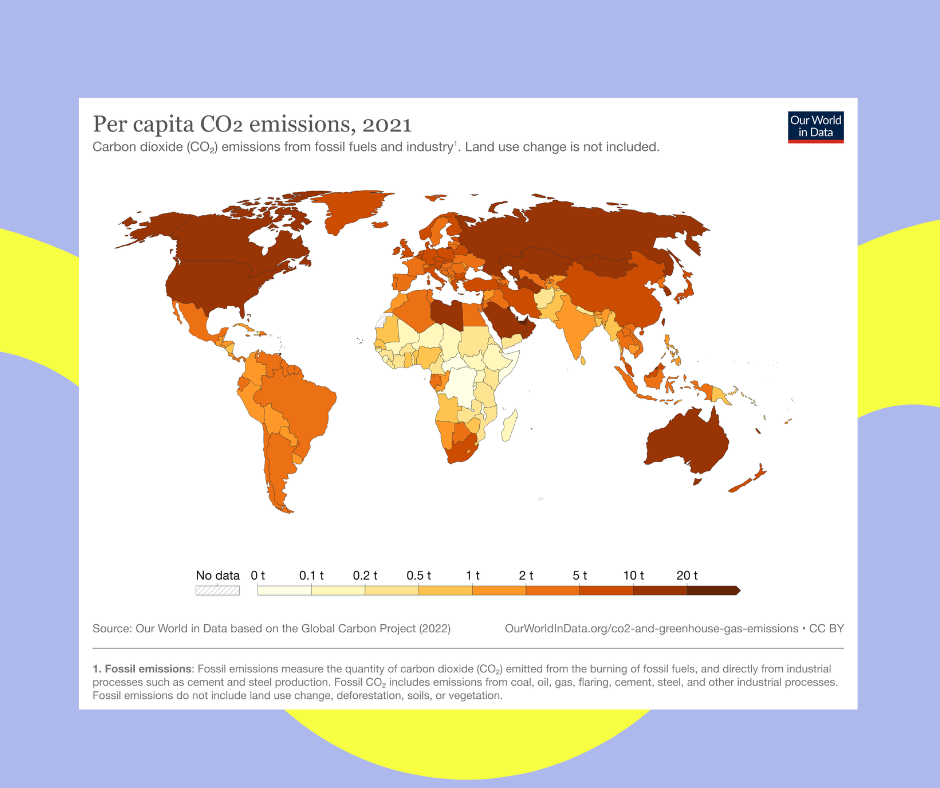
You can use different online carbon footprint calculators to estimate your carbon footprint. You can also run a Google search to check carbon footprint calculators tailored to where you live. Here are some general ones we recommend:
2). Get smart about your electricity consumption
One of the biggest sources of emissions in your home can come from the electricity you consume. In fact, the energy production sector accounts for 73% percent of global carbon emissions.
A first step to lowering your carbon footprint for your electricity consumption is by asking your utility company what energy sources you’re buying into. Is it oil, coal, or gas? These are extremely carbon intensive, so switching to sustainable energy sources like nuclear, wind, or solar will lower your footprint drastically. An even better step could be to install solar panels on your roof to generate green electricity for your home.
- Potential savings for changing your home’s energy source: 1.5 tons of CO2 per year!
PS: Synergi’s smart electricity app is a great option to optimize your consumption by helping you use electricity when it’s cheap and produced from sustainable energy sources. You save money and lower your emissions!
3). Eat less meat and avoid wasting food
Experts mostly agree that cutting down on meat, especially red meat is better for the environment. The logic here is based on the green-house emissions of certain foods across the supple chain. Unfortunately, beef produces the most emissions out of any other food.
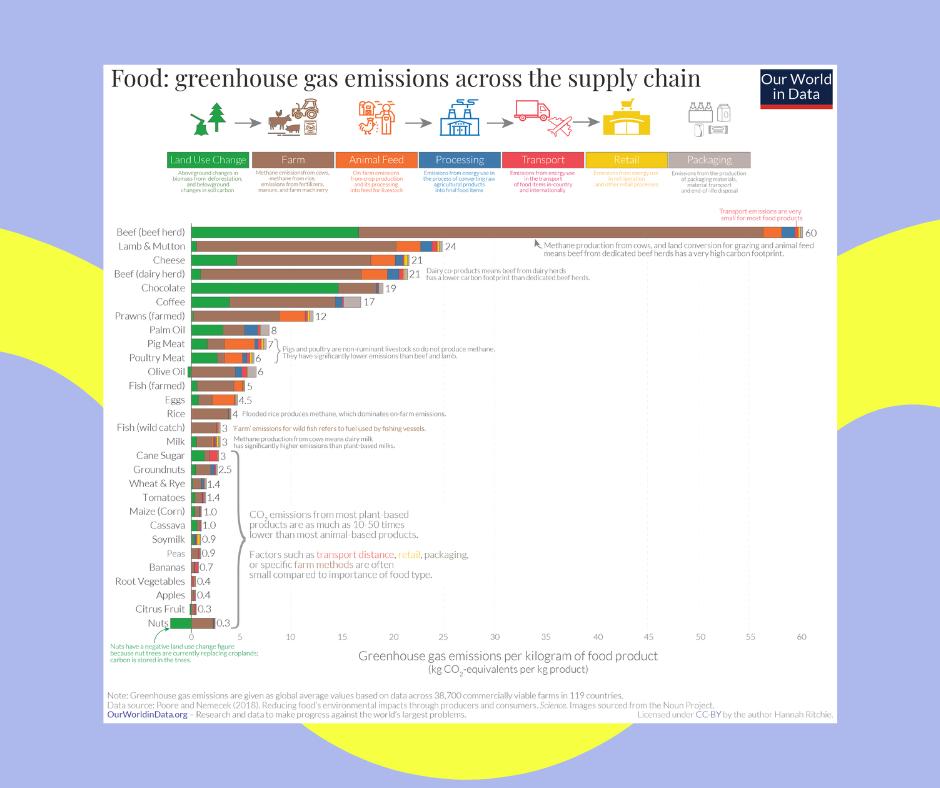
Knowing how carbon-intensive it is to “eat” daily, avoiding throwing away your food becomes even more critical. Food losses and waste make up 6% of global emissions. Wasting food means wasting money, resources, and energy to produce, package, and transport your goods. And it doesn’t end there; when the food you throw away is in a landfill, it produces methane, which adds even more to your emissions.
- Potential savings for throwing away less food: 300 kilograms of CO2e per year!
4). Walk, bike, or take public transport a lot more
Depending on where you live, this one could be hard depending on your country’s mobility possibilities. In principle, walking, biking, and using public transport can reduce emissions considerably because they are pollutant free. Even carpooling can help!
For example, going car-free could reduce your carbon footprint by up to 2 tons of CO2e. If having a car is indispensable, then driving less and avoiding periods of “idling” can help.
- Potential savings: 2 tons of CO2e per year!
5). If you drive, go electric!
Going electric will reduce air pollution and greenhouse gas emissions from gas or diesel-powered vehicles. A recent study by the University of South Carolina in California concluded that electric cars are associated with less air pollution and decreased respiratory problems. For instance, for every additional 20 ZEVs (battery electric, plug-in hybrid, and hydrogen fuel cell cars) per 1000 people, there was a 3.2% drop in asthma-related emergency visits and a reduction of nitrogen dioxide (the nasty fumes normal cars emit that pollute cities).
- Potential savings: Between 37% – 83% fewer emissions than petrol cars depending on manufacturing specs.
PS: Why not even consider smart charging for your EV? Studies show that optimizing EV charging saves up to 400 kg of CO2 annually per vehicle. Take a look at our EV charging basics guide to learn more.
6). Read about tech developments and climate news
You are not alone in fighting climate change. In fact, research says that nearly 70 percent of people worldwide said climate change poses a concerning risk to their home country in the next 20 years, with 41 percent saying it posed a “very serious threat.” So, the awareness is there.
Thus, being in the know is a crucial aspect of getting involved in climate action! What are companies developing? What are other people doing? These are things that many of us miss seeing daily that move the needle for climate change.
You don’t need to have daily alerts for climate news, but do spend some of your time once in a while searching the web for new tech developments, and why not ask your friends and family what new tools and services they are testing that is helping them reduce emissions.
Some great sites to keep an eye on:
- Grist is a nonprofit, independent media organization that tells stories of climate solutions and a just future.
- Sifted is the leading media brand for the European startup community. They have a section and newsletter dedicated to climate tech news and analysis from Europe, including who to follow, the latest funding rounds, hottest trends, and more.
- We don’t have time is a social media for climate solutions. You can get climate news in one place, give reviews to influence society, and reach leaders to discuss solutions.
- ClimatEU is the European platform and community for anyone who wants to work, invest, learn, or build in climate.
7). Buy less, reuse, recycle, repair
All the goods we buy have caused carbon emissions during production. Industries like fashion are responsible for 10% of global carbon emissions – more than international flights and shipping combined. A study by MIT found that the typical pair of running shoes or sneakers produces nearly 30 lbs of carbon emissions.
So, it makes sense to be more frugal with shopping and prioritize behaviors that can positively impact climate action. For instance, buying fewer clothes overall, making sure you wear them for a long time, checking second-hand shops whenever possible before buying new ones, repairing your items, and donating or recycling. When you buy second hand you’re removing the emissions of manufacturing the item.
Get the Synergi app and start saving on your electricity bill! Here’s how:
- Download the Synergi app and connect your devices. You don’t need any extra equipment.
- Set up and use the smart features you want! Set preferences for smart charging, set limits for home heating & cooling systems, and more coming to the app soon!
- Sit back and save money as Synergi adjusts your electricity use to cheaper times.


